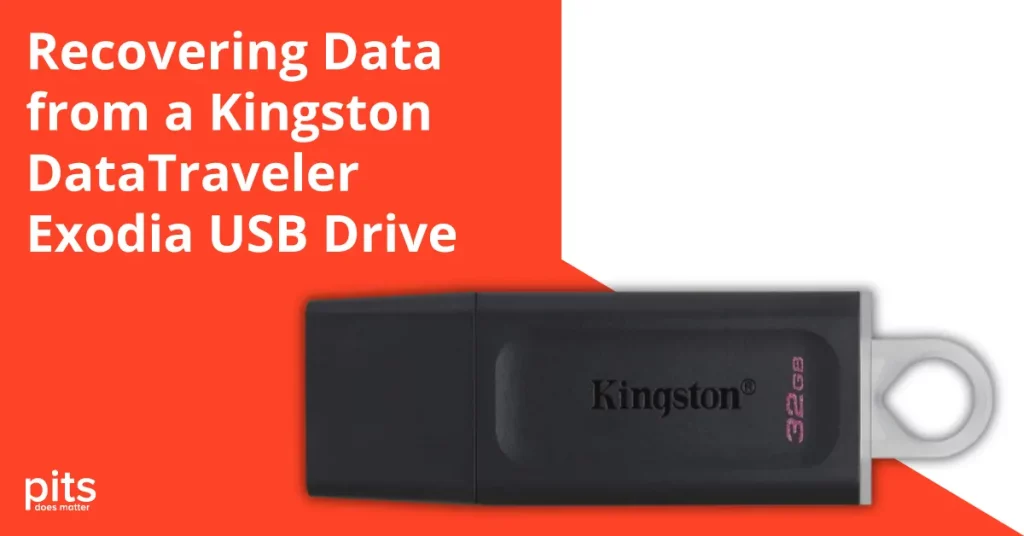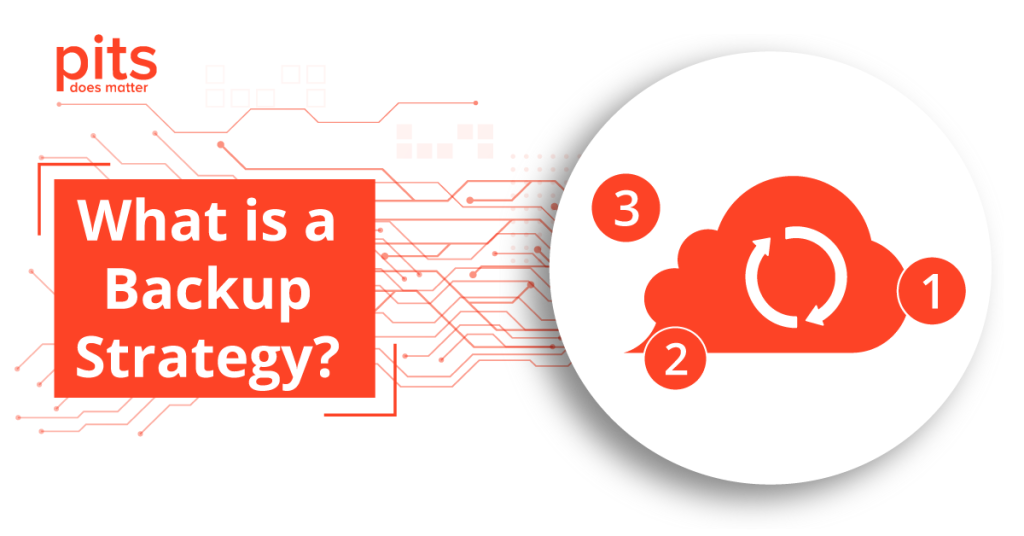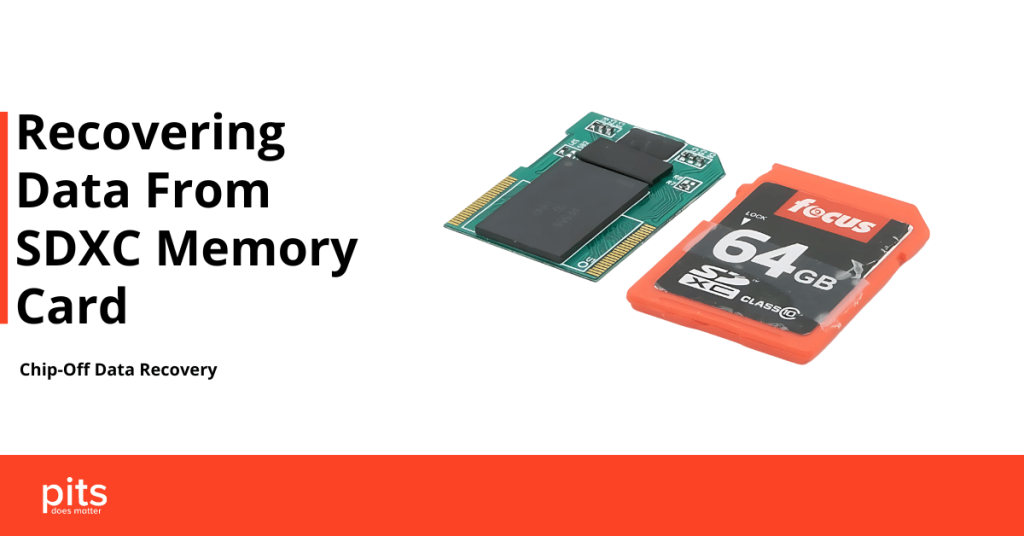Facing the issue of your LaCie hard drive not showing up on your Mac can be frustrating, especially when it disrupts your work or access to important files. Don’t worry—this guide will walk you through several troubleshooting steps to help you reconnect your LaCie drive and get it back up and running. From simple cable checks to more advanced solutions, we’ll help you resolve the issue and quickly regain access to your data.
Why Your LaCie Hard Drive Isn’t Showing Up on Mac
There are many reasons why your LaCie hard drive might not appear on your Mac, ranging from something as simple as a loose cable to more complex issues like software conflicts or hardware problems. Let’s explore the most common causes and how you can fix them.
1. Connection Issues
The first and most obvious place to start is checking the connection between your LaCie drive and your Mac. Make sure the cable is securely plugged in at both ends. Even a slightly loose connection can cause your drive to not appear.
USB or Thunderbolt Cable Problems: Cables can wear out over time, leading to a weak connection. If you think this might be the problem, try using a different cable that you know works properly. Ensure the replacement cable is compatible with both your Mac and your LaCie drive.
Port Issues on Mac: The issue could also be with your Mac’s USB or Thunderbolt port. Dust or damage to the port could block the connection. Try plugging your drive into a different port or test it on another Mac to rule out port-related issues.
2. Power-Related Problems
Power issues can also prevent your LaCie drive from showing up. Some external drives require more power than a standard USB port can provide, especially larger models.
Check the Drive’s Power Source: If your LaCie drive uses an external power adapter, make sure it’s securely connected to both the drive and the power outlet. If your drive relies on USB or Thunderbolt power, consider using a powered USB hub to ensure it’s getting enough power.
Verify Power Cable Integrity: Like your connection cables, the power cable could also be the issue. Check for signs of damage or wear. If the power cable is faulty, replacing it with a new one could instantly solve the problem.
3. Drive-Specific Issues
If the connections and power sources are fine, the problem could be with the LaCie drive itself. Before assuming it’s faulty, try connecting it to another device. If it works on another computer, the issue might be with your Mac. If the drive doesn’t show up on any device, there may be an issue with the drive.
Drive Not Formatted for macOS: One common reason your LaCie drive doesn’t show up on a Mac is if it’s not formatted for macOS. Macs require drives to be formatted in HFS+ or APFS, while Windows uses NTFS. If your drive is formatted for Windows, your Mac may not recognize it.
How to Format Your LaCie Drive for macOS
If formatting is the issue, you’ll need to reformat the drive using Disk Utility on your Mac. Be sure to back up any important data first, as formatting will erase everything on the drive.
- Connect the Drive: Plug your LaCie drive into your Mac.
- Open Disk Utility: Go to Applications > Utilities > Disk Utility.
- Select the Drive: Choose your LaCie drive from the left-hand menu.
- Click Erase: Select the “Erase” tab.
- Pick the Format: Choose APFS or Mac OS Extended (Journaled) as the format.
- Name the Drive: Give your drive a name in the “Name” field.
- Erase: Click “Erase” to start formatting the drive.
Once the process is complete, your LaCie drive should now appear on your Mac.
Advanced Troubleshooting
If the basic troubleshooting methods haven’t worked, it’s time to try more advanced techniques to get your LaCie hard drive to show up. These methods involve using your Mac’s built-in tools and performing a few extra checks.
1. Run First Aid in Disk Utility
The First Aid feature in Disk Utility can check your LaCie drive for errors and repair any issues with the file system.
- Open Disk Utility: Go to Applications > Utilities > Disk Utility.
- Select Your Drive: Choose your LaCie drive from the list on the left.
- Run First Aid: Click the First Aid button at the top and then click Run. This will scan the drive for errors and attempt to repair them.
If the repair is successful, your drive should become visible on your Mac.
2. Use Terminal to Repair Disk
If First Aid doesn’t work, you can use Terminal to run disk repair commands. This allows you to access your LaCie drive at a deeper system level.
- Open Terminal: Navigate to Applications > Utilities > Terminal.
- List All Drives: Type
diskutil list and press Enter. This will display all connected drives, including your LaCie drive.
- Identify Your Drive: Locate your LaCie drive in the list and note its identifier (e.g., disk2).
- Repair the Drive: Type
diskutil repairDisk [drive identifier] (replace [drive identifier] with the actual identifier of your drive) and press Enter. This will attempt to repair your LaCie drive.
If the disk is repaired, it should show up on your Mac.
3. Reset NVRAM and SMC
Sometimes, your Mac’s internal settings can cause issues with external drives. Resetting NVRAM and SMC can help resolve this.
Resetting NVRAM:
- Shut down your Mac.
- Turn it on and immediately press and hold Option + Command + P + R.
- Hold the keys for about 20 seconds, then release them. Your Mac will restart with refreshed settings.
Resetting SMC (for Macs with Intel processors):
- Shut down your Mac.
- Press and hold Shift + Control + Option and the Power button for 10 seconds.
- Release all the keys, then press the Power button to turn your Mac back on.
These resets can resolve hardware-related issues, including problems with external drives.
4. Update macOS and Drivers
Outdated software or drivers can prevent your LaCie drive from being recognized. Updating your system might solve the problem.
- Check for macOS Updates: Go to the Apple menu > System Preferences > Software Update. Install any available updates.
- Update LaCie Drivers: Visit the LaCie support website and download the latest drivers or firmware for your specific LaCie model. Follow the installation instructions.
Updating your software and drivers ensures compatibility with your external drive.
Seek Professional Help for Your LaCie Hard Drive
If you’ve tried all the troubleshooting steps and your LaCie hard drive is still not showing up, it might be time to seek professional assistance. At PITS Global Data Recovery Services, we specialize in diagnosing and resolving hard drive issues, including data recovery from LaCie drives that don’t appear on Macs. Our experts use the latest tools and technology to retrieve your data safely without risking further loss. Don’t hesitate to contact us for expert assistance!
Frequently Asked Questions
Why is my LaCie hard drive not showing up on my Mac?
There are several reasons why your LaCie hard drive might not appear on your Mac. It could be due to loose or damaged cables, power supply issues, formatting problems, or software conflicts. Always start by checking the cables and ports before moving on to more advanced troubleshooting steps, such as verifying the drive’s format or running disk repairs.
How can I format my LaCie drive for macOS if it’s not recognized?
If your LaCie drive isn’t formatted for macOS, you’ll need to use Disk Utility to format it. First, back up any important data as formatting will erase everything on the drive. Then, open Disk Utility, select your drive, and use the Erase option to format it as APFS or Mac OS Extended (Journaled). After formatting, the drive should appear on your Mac.
Can power issues cause my LaCie drive to not appear on my Mac?
Yes, power-related problems can prevent your LaCie drive from showing up on your Mac, especially if the drive requires more power than a standard USB port provides. If your drive has an external power adapter, ensure it’s properly connected. Alternatively, use a powered USB hub if the drive relies on power from the USB or Thunderbolt port.
What should I do if my LaCie drive still doesn’t show up after troubleshooting?
If your LaCie drive is still not showing up after trying all the troubleshooting steps, including checking the cables, formatting the drive, and running repairs via Disk Utility or Terminal, it may be time to seek professional help. You can contact a data recovery service, like PITS Global Data Recovery Services, to diagnose and resolve the issue without risking further data loss.


